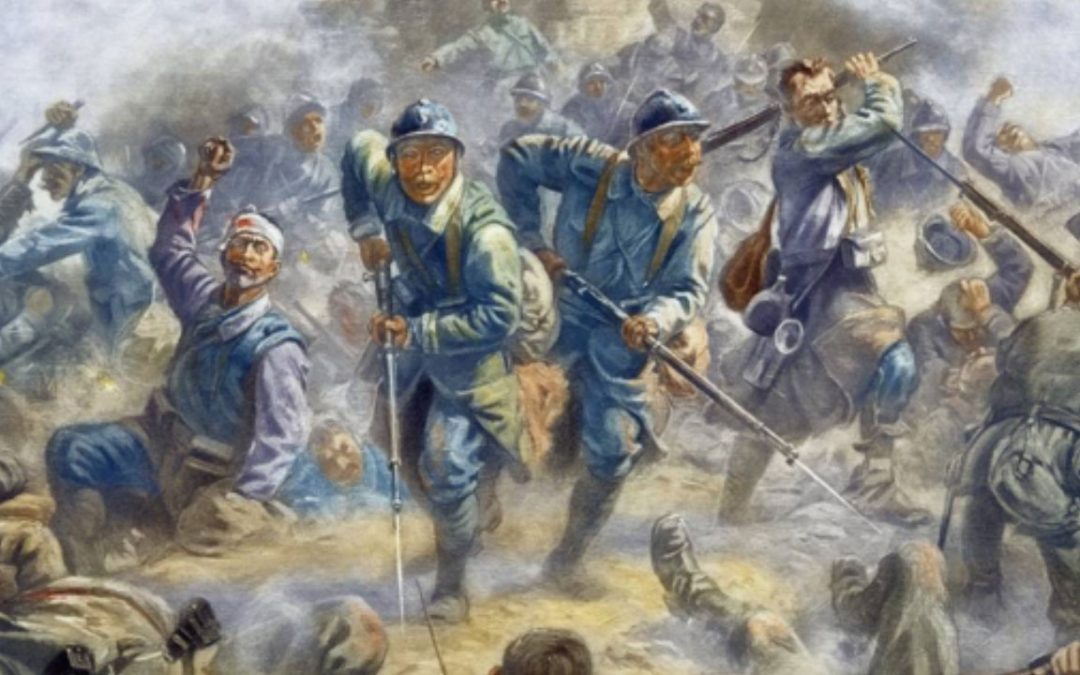What were the bloodiest battles in history? If you seek the answer to that question, keep reading. I won’t be ranking this list based on overall impact of the battle, or on the number of soldiers involved, but on the actual death toll of each battle – how many people actually died. Many on the list are part of the second world war due to the scale on which that war was fought. It was the biggest war of all time and military technology was used more effectively than ever before, giving birth to a deadly combination. Some will be of other conflicts though and have equally interesting back stories. Here are the ten bloodiest battles in history.

Battle of Shanghai – 1937
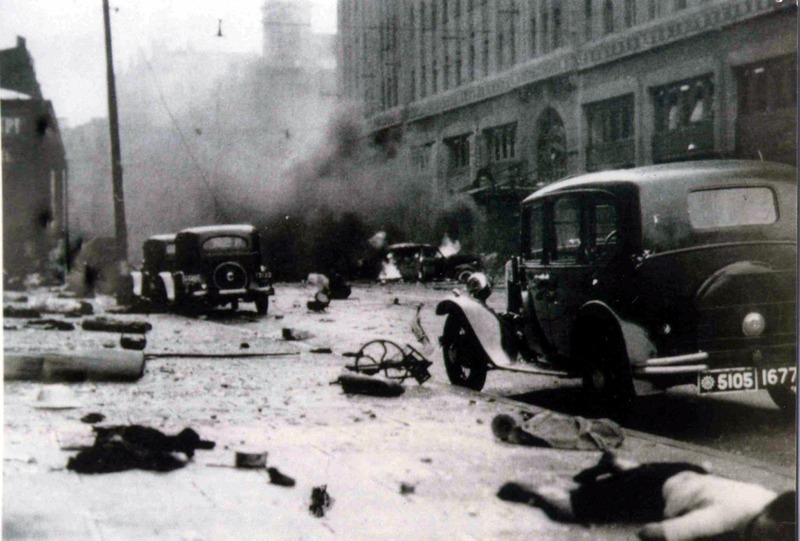
Before the second world war began, Japan was attempting to invade China. With Shanghai being among China’s largest and most important cities, this battle was a big deal from a strategic point of view. So both sides were willing to lose huge numbers of soldiers to control it. The Japanese eventually captured the city as the military might of Imperial Japan was simply too much for the Chinese forces to withstand. But they were only able to claim victory after 3 months of fighting in urban environments, meaning they had to clear and secure almost every building within Shanghai.
Death Toll: 400 thousand

Siege of Budapest – 1945
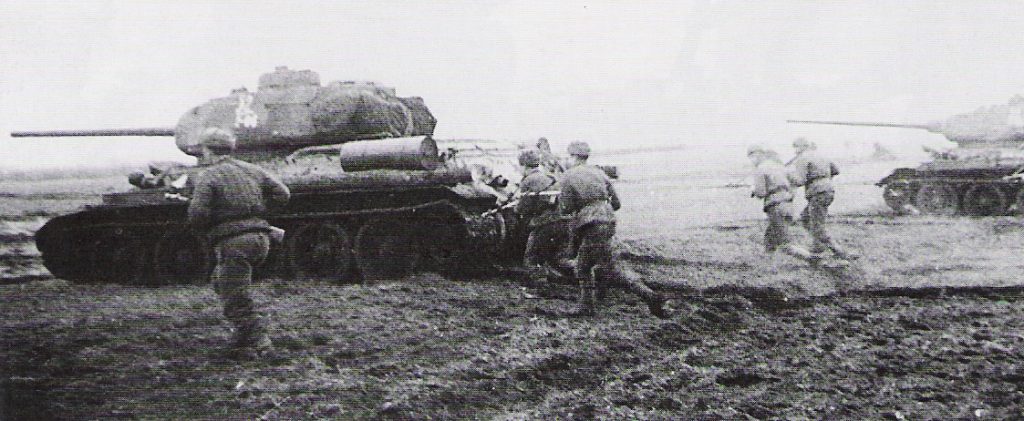
This was part of the Soviet offensive to take control of Hungary. Being it’s capital, Budapest was a massively important city, and capturing it would see the Germans lose all control within Hungary. The siege lasted 50 days as Nazis within Budapest were ill prepared for defending against the Soviet offensive. Defenses were easily broken through and urban fighting began within the city. Harsh weather conditions prevented aid from reaching Budapest during the siege and constant artillery fire ground out any chance the Nazis had of keeping their Hungarian stronghold.
Death Toll: 420 thousand

Siege of Changchun – 1948
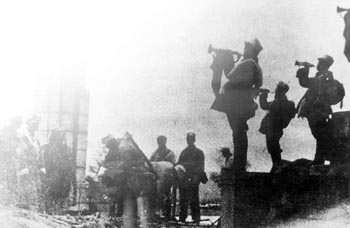
This was part of the Chinese civil war, in which communist rebels were battling the government for control of China. The reason China is still a ‘communist’ dictatorship to this day can be traced back to their victory in that war. The siege of Changchun was one of the most significant turning point of the war. The communists captured Changchun after 5 months of massacring nationalists inside. They had the city surrounded and the nationalists stood no chance from a tactical perspective. The communists decided to allow nationalist soldiers to leave the city at any time, but refused to allow civilians to do so. Civilians were blockaded within Changchun and deliberately starved as a ay of pressuring enemy generals to surrender. Ninety percent of civilians died in some parts of the city.
Death Toll: 425 thousand

Battle of Wuhan – 1938
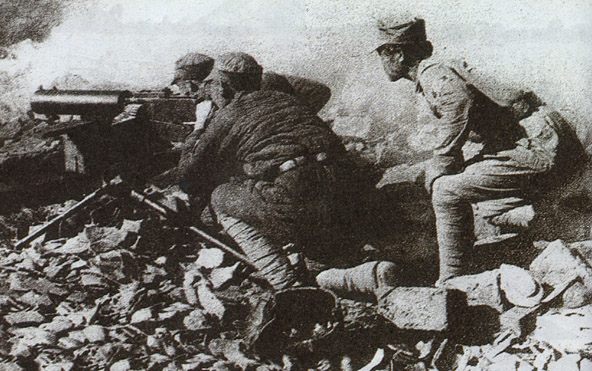
The battle of Wuhan was part of the second war between China and Imperial Japan. The Chinese were defending the city of Wuhan from a Japanese attempt to capture it. Over one million Chinese soldiers were called in against a force of 350 thousand Japanese. Bombings, artillery strikes, and chemical weapons attacks weakened the Chinese defenses enough for the Japanese to capture Wuhan after 4 months of fighting. This was a big victory for Japan on paper, but they lost so many soldiers and resources capturing Wuhan that it was almost not worth it. The Chinese-Japanese war was soon drawn into the second world war, with the Japanese empire collapsing by the end of it.
Death Toll: 540 thousand

Battle of Kiev – 1941
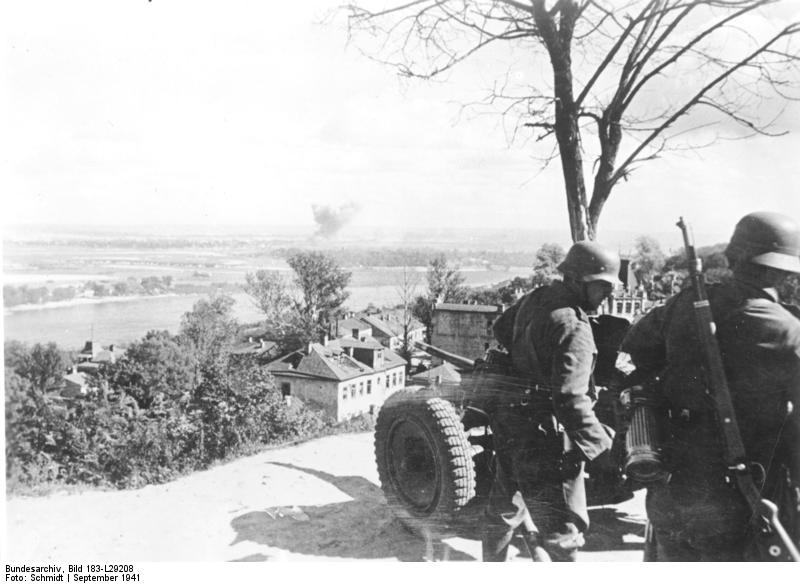
Copyright Bild 183-L29208 / (CC BY-SA 3.0 DE)
Not all German efforts in the Soviet Union were complete failures. This battle saw Germany capture the major Ukrainian city of Kiev. Despite having fewer numbers the German offensive was just too strong for the Soviets to withstand. This was in the early stages of the largest invasion in human history so you can imagine German morale was above that of their Soviet opponents. Their victory in Kiev smashed through the South-Eastern front the Soviets were desperate to maintain, leaving them with a soft underbelly. At that point it was the biggest and most devastating defeat the Red Army had ever endured.
Death Toll: 700 thousand

Battle of Verdun – 1916

The most bloody battle of the first world war, Verdun saw the French military suppress a significant offensive by the German military in 1916. Despite having an initial tactical advantage, bad weather delayed German efforts. The French military ate away at the German forces during this period, weakening the German side by the time their offensive was back on track. It was a battle of attrition, with the Germany hoping to keep going for long enough for France to give up. But the French determination saw the Germans give up. The weather conditions were a major factor in making things worse for the ordinary soldiers fighting in Verdun.
Death Toll: 714 thousand

Siege of Baghdad (1258)

In the mid 13th century, the Mongols were looking to expand their vast empire by capturing new land in the middle-east. Due to their reputation as efficient and brutal warriors their opponents would often submit to them without a battle. But when Baghdad refused to surrender, the Mongols decided to make an example of them. The city fell after just 12 days. The Mongols then proceeded to destroy as much of the city and massacre as many locals as possible. This one siege was so brutal it put a swift end to the ‘Islamic Golden Age’. The Islamic golden age saw a huge empire founded by Muslims and Islamic society flourished when it comes to science and culture. But they really never recovered from the siege of Baghdad.
Death Toll: 0.2 to 2.2 million

Siege of Leningrad – 1941 to 1944
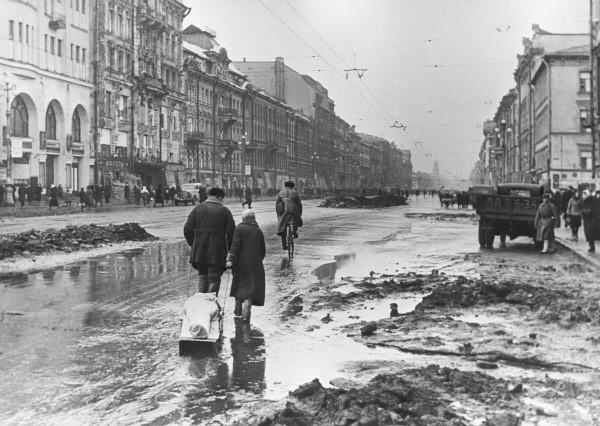
Copyright RIA Novosti archive / (CC BY-SA 3.0)
It was the German failure to capture Leningrad which drove them to besiege Stalingrad. In almost nine hundred days of intense battle, the Nazis came quite close to taking hold of the city. It wasn’t just the Nazis participating in the offensive, but Italy and Finland also. Several hundred thousand Soviets were killed in the early days of the siege of Leningrad, many of which being civilians. The city was blockaded by axis forces during the siege; the plan was to starve locals into surrender. It is said that some civilians within Leningrad were desperate enough to engage in cannibalism. It’s unclear if that’s rumor or reality. At this point you understand why I noted that so many of the bloodiest battles in history were part of WW2.
Death Toll: 1 to 4.5 million

Battle of Stalingrad – 1942

Copyright Bundesarchiv / (CC BY-SA 3.0 DE)
Just the name Stalingrad creates mental images of massive devastation. It was a last-ditch attempt by Nazi Germany to capture any significant stronghold in Russia. Hitler lost the second world war the moment Russia was able to declare victory at the battle of Stalingrad. The Soviets knew this would be the case, and so they put up a huge struggle against Nazi invasion in Stalingrad. Much of the fighting was within urban areas of the city, and the Germans were known to have used flamethrowers to kill Soviet sharp-shooters hiding within buildings. It was only after a million people died that the Nazis gave up and went home in defeat.
Death Toll: 1.25 to 1.8 million

Battle of Berlin – 1945
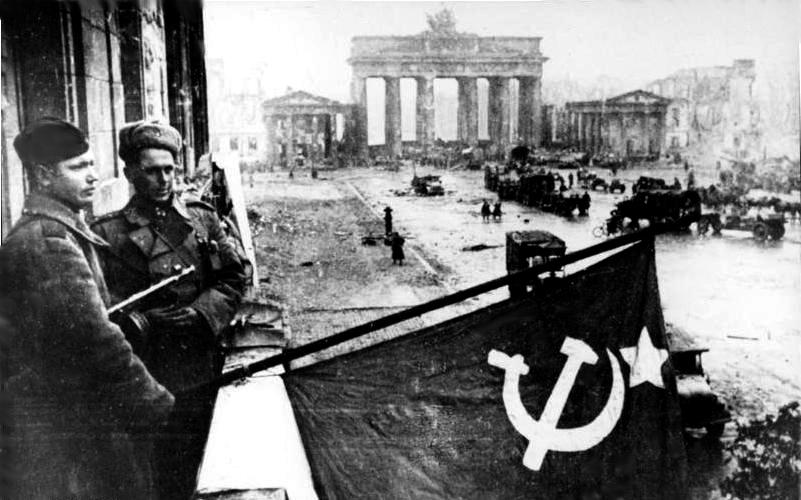
Copyright Bundesarchiv / (CC BY-SA 3.0 DE)
This was the last stage of the Soviet Union’s operation to capture the German capital. It was the last great offensive operation of the second world war, the last Nazi attempt to stop advancing allied forces. The Nazis had nothing left though, so they called in the Hitler Youth and civilian military units to fight against the Soviets. But they had no chance. The Soviets had completely encircled Berlin at the beginning of the battle, allowing them to bomb the remaining Nazis into surrender. Two of Berlin’s four most senior military leaders actually surrendered. It was so bleak from their point of view that Adolf Hitler actually commit suicide before the battle was over. Soviet bombs were the cause of massive civilian casualties.
Death Toll: 1.29 to 1.3 million

